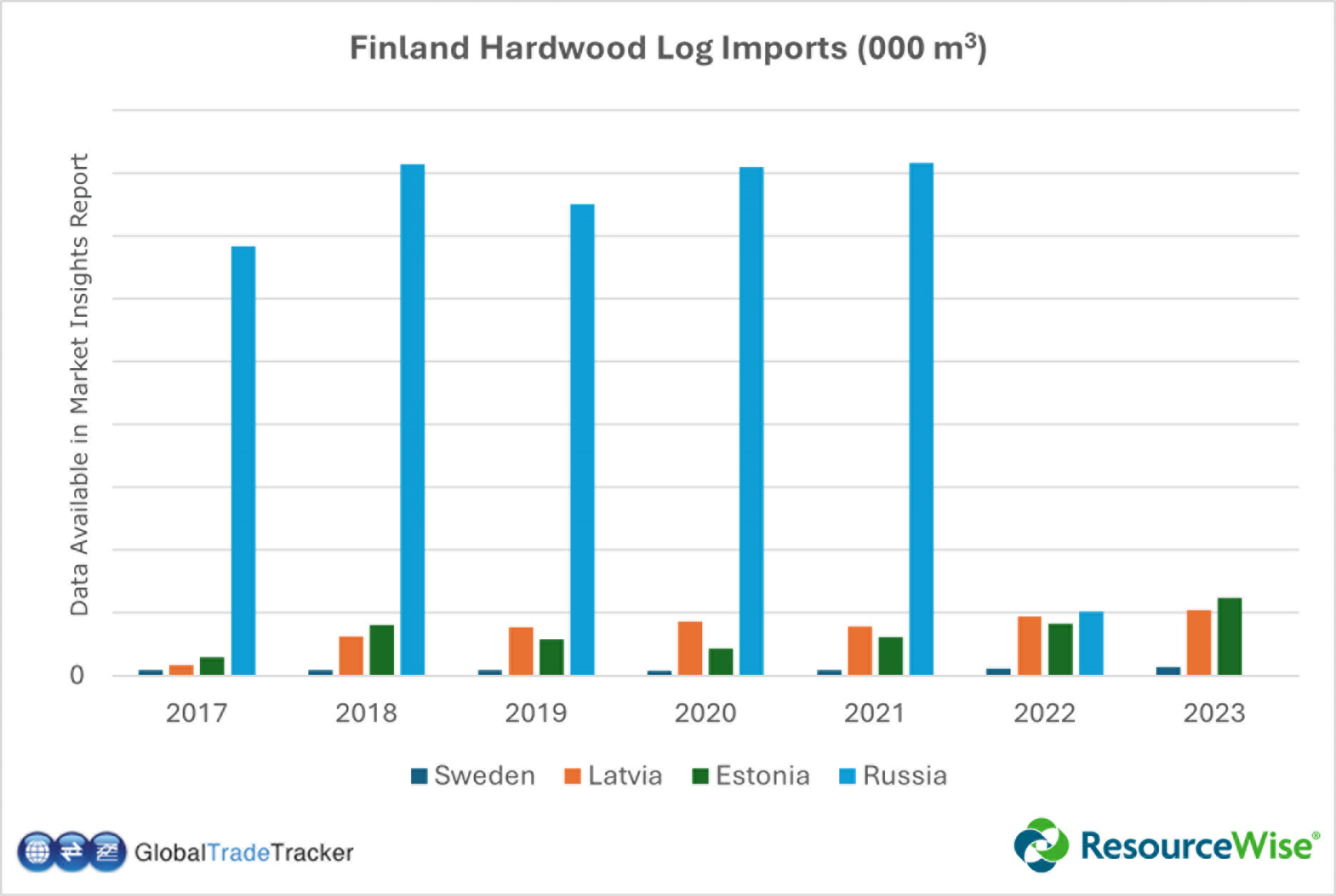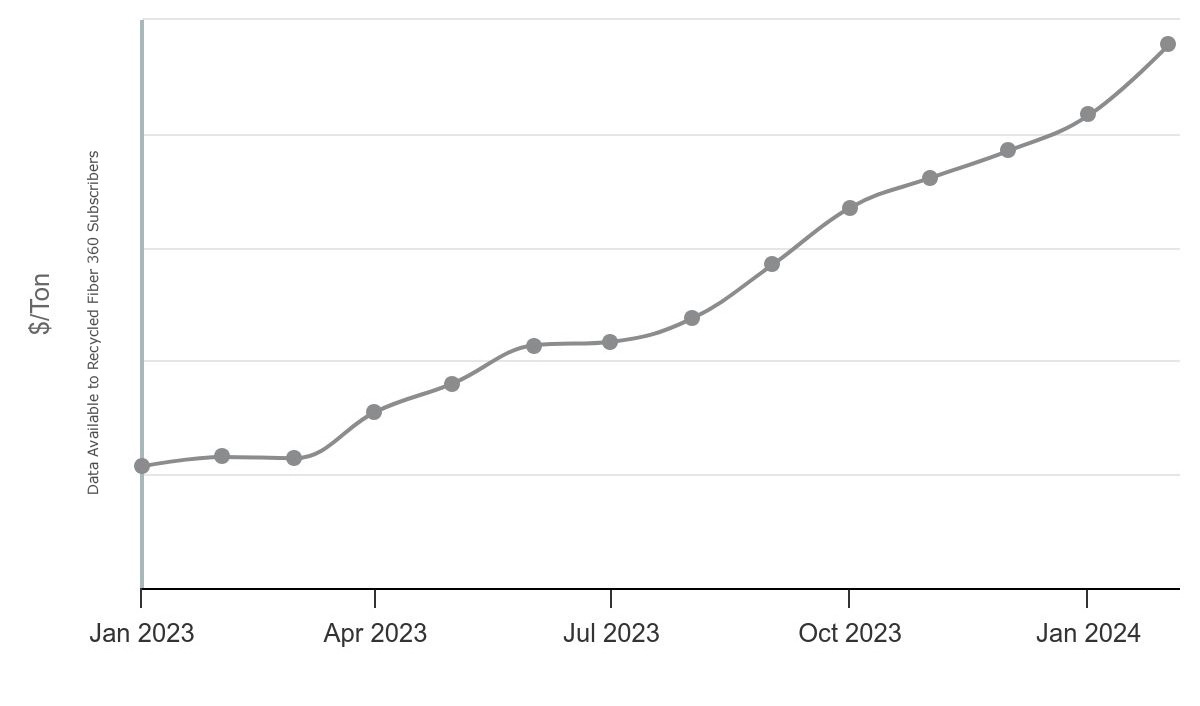2 min read
Navigating the Renewable Fuel Standard: Your Path to RFS-2 Compliance
ResourceWise
:
Apr 15, '24
Renewable energy is brimming with promise, shining a light on sustainability and eco-friendly practices. The RFS-2 legislation emphasizes the potential of woody biomass as a valuable resource for energy production. However, the intricacies of this legislation have left businesses grappling with how to navigate compliance and competitiveness in this evolving landscape.
The What, Why, and How of RFS-2
On February 3, 2010, the United States Environmental Protection Agency (EPA) finalized revisions to the National Renewable Fuel Standard. The new rule (RFS-2). The new rule, which incorporates changes mandated by the 2007 Energy Independence and Security Act (EISA), is a major amendment of the original standard (RFS-1) created under the Energy Policy Act of 2005.
RFS-2 introduces a hybrid approach by combining a performance-based standard with specific volumetric targets. It categorizes renewable fuels into four distinct groups based on GHG-reduction thresholds and feedstock types, setting clear requirements for the volume of renewable fuels to be produced.
To qualify for a Renewable Identification Number (RIN), all renewable fuels under this legislation must surpass a minimum GHG-reduction threshold of 20%. Additionally, RFS-2 sets even higher reduction targets for three of the four fuel categories it outlines, promoting the use of lower-carbon fuels and cutting-edge biofuels.
It is the first national regulation adopted anywhere in the world that recognizes the potential for significant contributions to lifecycle GHG emissions from indirect land-use change.
RFS-2 is critical in driving the biofuel industry forward, establishing sustainable practices that protect the environment. Diving into the nuances of RFS-2 will help you see the bigger picture. It’s not just about compliance—it’s about leading a movement towards a greener, cleaner future.
The Impact of RFS-2 on Forestry Professionals
The inclusion of woody biomass in biofuel production under the RFS-2 Act presents forestry professionals with both opportunities and challenges. It creates a new market for forestry residues and wood chips, diversifying revenue streams and incentivizing sustainable forest management practices. However, forestry operations must comply with regulatory requirements and sustainability criteria to participate. This necessitates investment in biomass processing infrastructure and adherence to environmental standards.
Forestry professionals must adapt to changing market dynamics, balancing economic opportunities with environmental considerations to capitalize on the growing demand for woody biomass in the biofuels sector.
Some of the questions forestry professionals should consider include:
- What are the specific eligibility criteria for woody biomass under the Renewable Fuel Standard?
- What are the current and projected market trends for woody biomass in the biofuels sector?
- What sustainability standards and environmental regulations apply to the production of biofuels from woody biomass?
- How can forestry operations optimize biomass production and supply chain logistics to meet biofuel demand?
Ensuring Compliance: Exploring RFS-2 Even Further
The intricate RFS-2 legislation offers businesses a golden opportunity to contribute to building a more sustainable planet. By skillfully maneuvering through the regulatory landscape with foresight, we can transform mere compliance into a strategic advantage.
For any natural resource commodity professional venturing into the world of woody biomass and biofuels, understanding RFS-2 is crucial. It’s more than just navigating legal framework; it’s about engaging in a mission for a sustainable and renewable future.
Join us for an informative webinar as Bobby Frank, Sales Manager—Wood Resource Consulting, delves into the complexities of the RFS-2 standard, touches on the questions above, and provides actionable strategies to excel in this growing market.
Sign up today.




